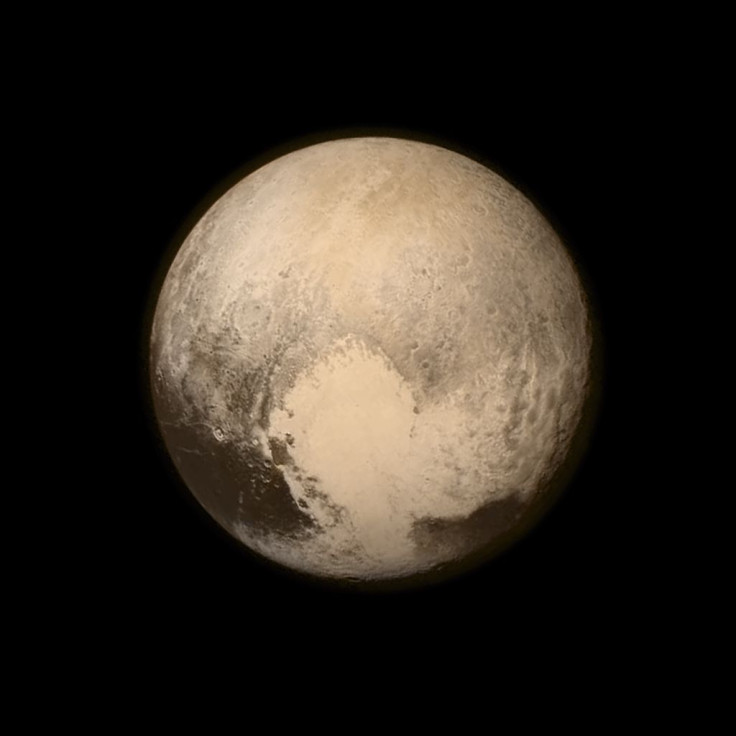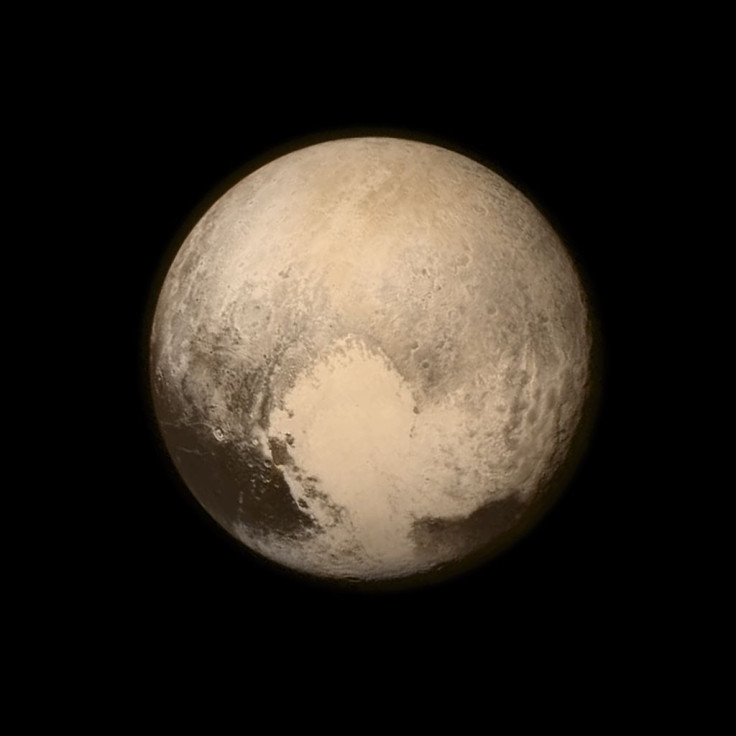What Is Pluto? 8 Facts About Dwarf Planet Discovered 87 Years Ago

Pluto, the icy object at the end of our solar system, has endured a rocky road since it was discovered in 1930. From its honorable designation as the ninth planet to its demotion to a dwarf a decade ago, Pluto is no longer an elite member of the planetary family. Saturday marks the 87th anniversary of Pluto’s discovery, so to celebrate, here are eight facts about the lonely object at the edge of the solar system.
- The discoverer of Pluto hailed from humble origins. Clyde Tombaugh, merely 24 at the time, was the first person to identify an object beyond Neptune, then the furthest planet. At the time, Tombaugh was an amateur astronomer from Kansas who built his own telescopes from the discarded parts of other machines. He repeatedly sent his observations to the Lowell Observatory in Flagstaff, Arizona, until he eventually was offered a job hunting for “Planet X.”
- In the time humans have been aware of Pluto’s existence, it hasn’t made a full revolution around the sun. On average, Pluto is more than 3.6 billion miles from the sun. It takes Pluto 248 earth years to make a full revolution, and humans have only known about it for 87 years.
- Pluto was demoted in 2006. After years of being considered a legitimate planet, the International Astronomical Union changed Pluto's classification to dwarf planet after finding a number of other similarly small objects in the solar system, none of which they thought should be called planets. Scientists still debate whether Pluto should regain its status and what really constitutes a planet, but as of now, it remains a dwarf.
It’s incredibly small for a planet. The icy dwarf is only around 1,400 miles wide, or about only half the width of the United States, with a diameter about two-thirds that of earth's moon.
- Pluto has many moons. Five moons orbit the tiny planet: Charon, Nix, Hydra, Kerberos and Styx.
- It was named by an 11-year-old girl. Venetia Burney of Oxford, England, suggested the name Pluto for the Roman god of the underworld to her grandfather as he read about the discovery in 1930. Her grandfather then suggested the name to a friend, an astronomy professor, who, in turn, brought it to a meeting of the Royal Astronomical Society where it was resoundingly loved. Hence, Pluto was christened.
- Icy is an understatement. Pluto’s temperature averages 375-400 degrees below zero Fahrenheit.
- Scientists think Pluto might hold life. The famous heart-shaped formations on its surface could hold oceans of ammonia, data from NASA's 2015 New Horizons flyby show. Those oceans could harbor some form of life, scientists speculate, albeit one far different from the human form.

© Copyright IBTimes 2025. All rights reserved.
Join the Discussion





















